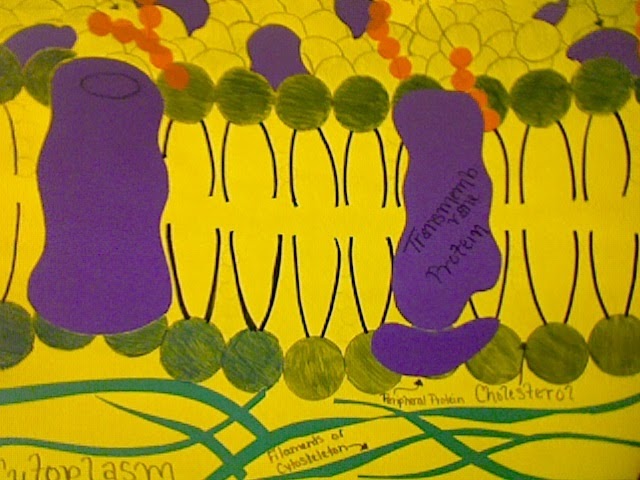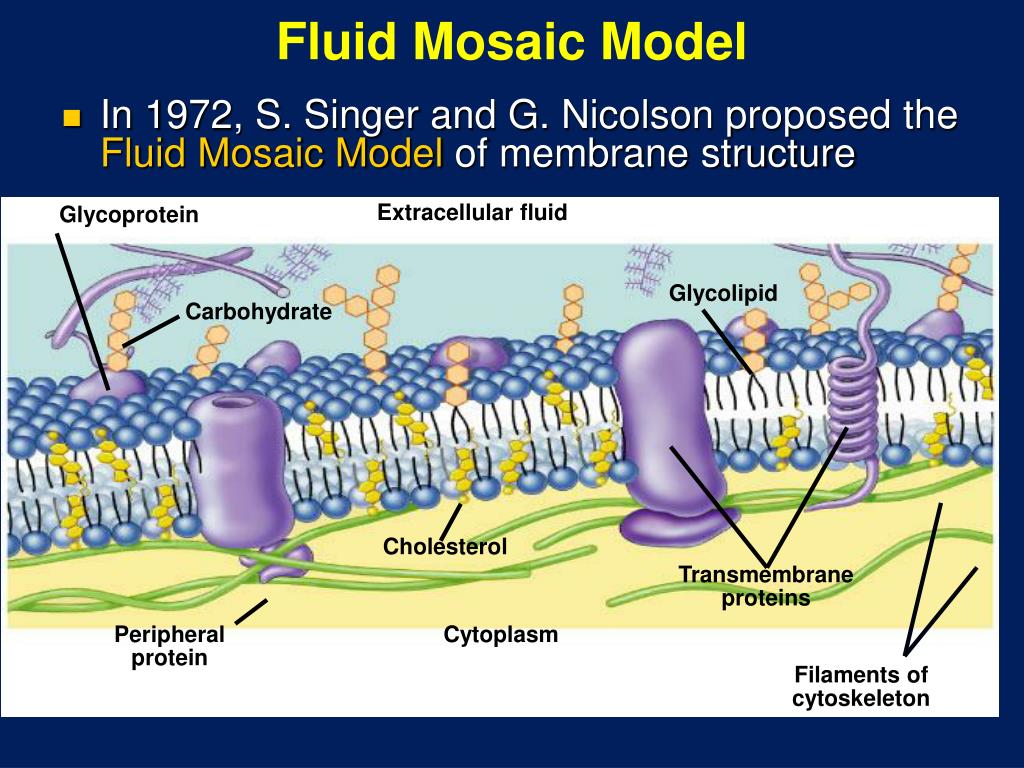

Cholesterol, another lipid comprised of four fused carbon rings, is situated alongside the phospholipids in the membrane's core.

A phospholipid is a molecule consisting of glycerol, two fatty acids, and a phosphate-linked head group. Carbohydrates attached to lipids (glycolipids) and to proteins (glycoproteins) extend from the membrane's outward-facing surface.Ī plasma membrane's principal components are lipids (phospholipids and cholesterol), proteins, and carbohydrates attached to some of the lipids and proteins. The plasma membrane fluid mosaic model describes the plasma membrane as a fluid combination of phospholipids, cholesterol, and proteins. The membrane does look a bit like a sandwich ( Figure).

For comparison, human red blood cells, visible via light microscopy, are approximately 8 µm wide, or approximately 1,000 times wider than a plasma membrane. Plasma membranes range from 5 to 10 nm in thickness. The fluid mosaic model describes the plasma membrane structure as a mosaic of components-including phospholipids, cholesterol, proteins, and carbohydrates-that gives the membrane a fluid character. The explanation, the fluid mosaic model, has evolved somewhat over time, but it still best accounts for plasma membrane structure and function as we now understand them. Nicolson proposed a new model that provides microscopic observations and better explains plasma membrane function. In the 1950s, advances in microscopy, notably transmission electron microscopy (TEM), allowed researchers to see that the plasma membrane's core consisted of a double, rather than a single, layer. They made the analogy of proteins to bread, and lipids to the filling. Davson and Danielli theorized that the plasma membrane's structure resembles a sandwich. It was based on the plasma membrane's “railroad track” appearance in early electron micrographs. This was the first model that others in the scientific community widely accepted. In 1935, Hugh Davson and James Danielli proposed the plasma membrane's structure. The principal components they identified were lipids and proteins. Scientists identified the plasma membrane in the 1890s, and its chemical components in 1915.


 0 kommentar(er)
0 kommentar(er)
